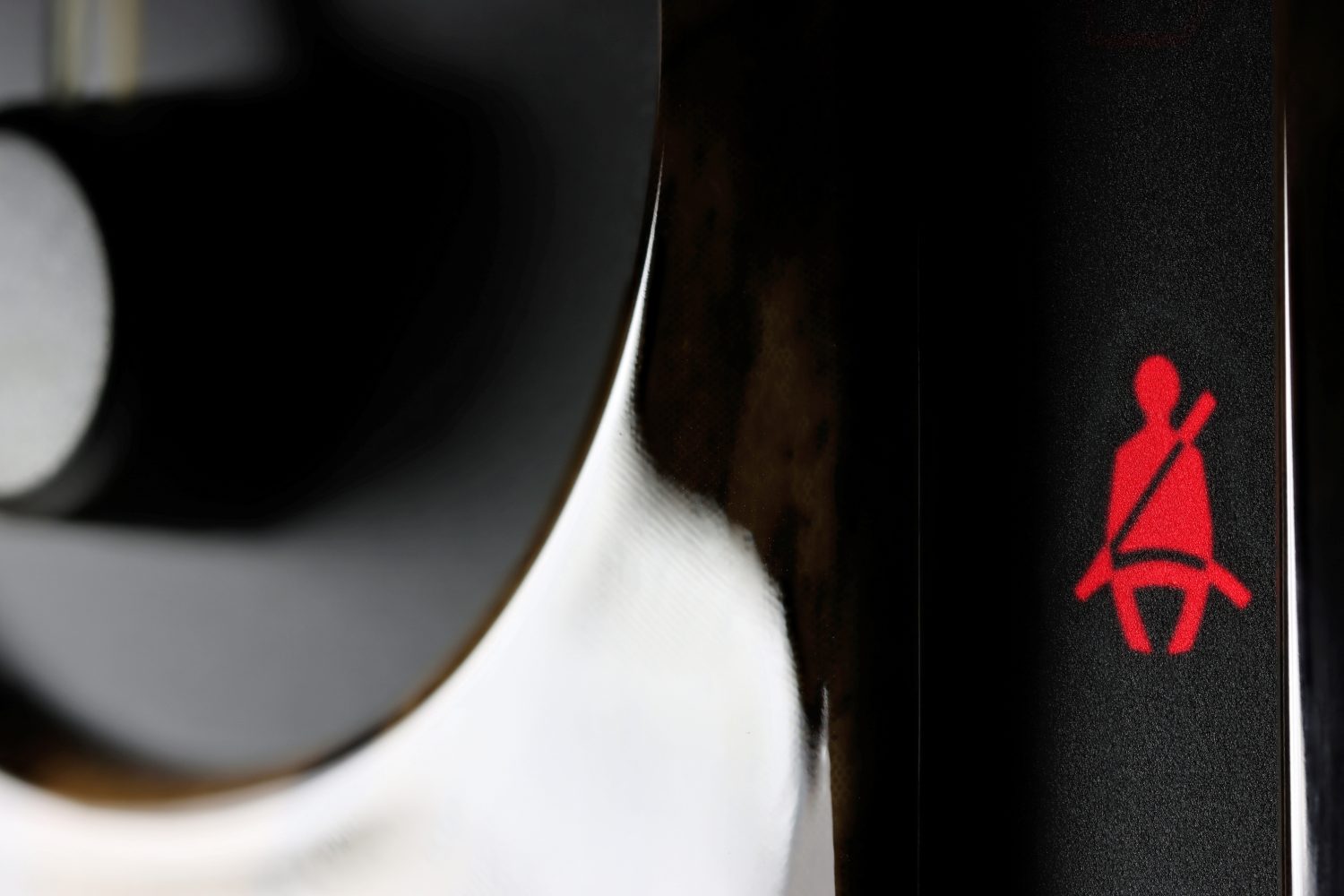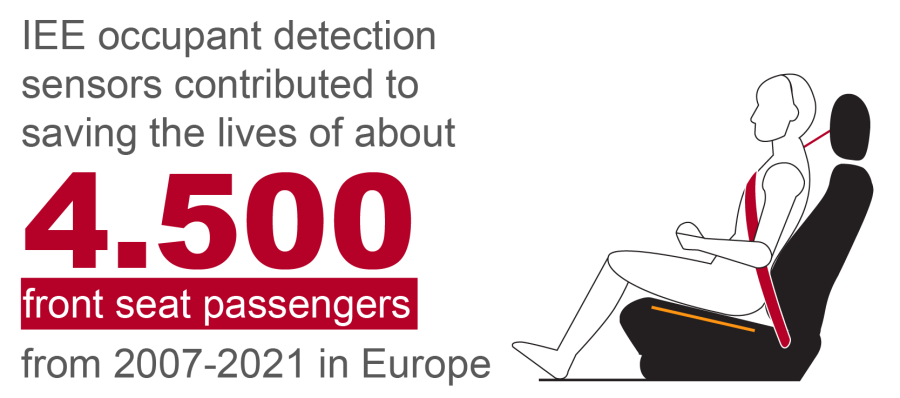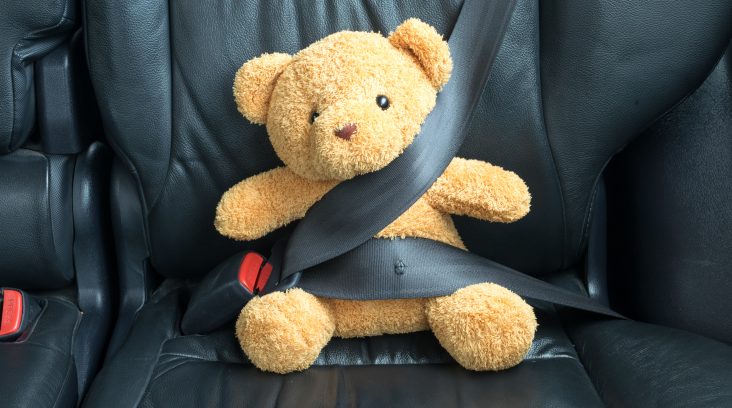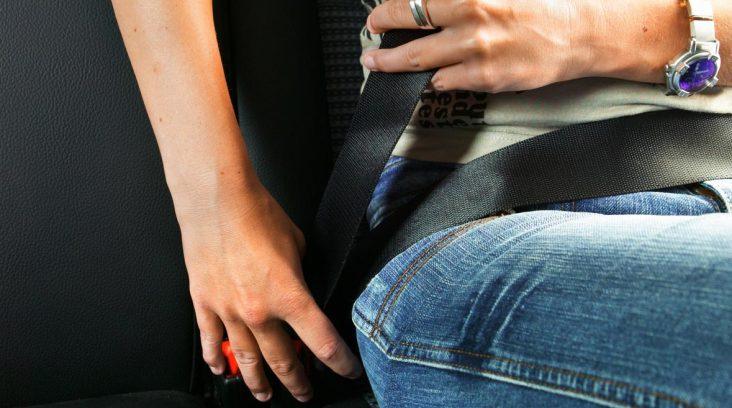SBR sensors help save lives

IEE is a leading supplier of vehicle interior sensing solutions, and we have pioneered a wide range of applications, from occupant detection to capacitive hands on/off sensing and unattended child detection.
Our occupant detection sensors are a key component enabling the Advanced Seat Belt Reminder (SBR) function on the front passenger seat, and, more recently, also on the rear seats. Advanced SBR systems are using an audio-visual warning to remind unbelted vehicle passengers at the start of the journey to buckle-up.
SBR systems have proven to be very effective in increasing the seat belt wearing rates. And wearing the seatbelt is still considered the most important factor in preventing serious or fatal occupant injuries in a vehicle crash. So, we can confidently say that our SBR sensors have contributed to reducing the number of traffic fatalities, and hence, saving lives. But how many? By compiling available public and internal data, here is what we found:

IEE occupant detection sensors contributed to saving the lives of about 4.500 front seat passengers over 15 years (2007-2021) in Europe.
There are various approaches that can be used to make “lives saved” estimations, depending on available information. We decided to focus on Europe, as key data was available on an annual basis and in adequate quality. In addition, it is the market with the strongest growth of fitment of effective SBR systems into cars, largely thanks to Euro NCAP incentives that were introduced in 2002, and that strongly pushed SBR installation in European cars.
The higher the number of cars in the vehicle fleet that are equipped with SBR systems, the bigger their contribution to saving lives. The Euro NCAP vehicle safety ratings allow to verify which share of the tested cars had a front passenger seat SBR function, and hence also an occupant detection sensor – so, front passengers are in the focus of our analysis, as here our component plays a role. The fleet fitment with SBR systems increases with more of these Euro NCAP rated vehicles being sold on the market. We have estimated that the market share of cars with SBR follows with a delay of approximately 5 years (i.e. if 55% of Euro NCAP tested cars had a front passenger SBR in 2005, the fleet fitment will reach ~55% in 2010). This allows us to have a view on the SBR market penetration for every calendar year, and to apply SBR fatality reduction benefits to the accidentology figures (car occupant fatality numbers) of each year.
For the effectiveness of SBR systems in reducing fatalities, we can refer to a Swedish Government Report from 2011, concluding that fitment of “Euro NCAP type” SBR systems to all cars would result in a fatality reduction of 20%.
Car occupant fatalities are known for Europe, and about 20% of these fatalities are front seat occupants, so, these are relevant for our calculation.
Having data and information on front seat passenger fatalities, fatality reduction potential of advanced SBR systems (minus 20% at 100% fleet fitment), fleet penetration of SBR equipped cars (increasing over time), we can estimate how many front seat passengers would have died in addition every year if no cars would have been equipped with SBR systems (less SBR, lower belt wearing rates, higher fatalities). This difference in fatalities equals to the lives that have been saved thanks to SBR systems. Applying our market share for occupant detection in European vehicles, we can calculate our annual contribution to the prevention of fatalities for font seat passengers.
Compiling the data from 2007-2021, we find that our IEE occupant detection sensors contributed to saving the lives of about 4.500 front seat passengers in Europe over that 15-year time span.
At IEE we develop a wide range of solutions contributing to making people’s life easier, safer or more comfortable. Contributing to saving people’s lives is something we take some special pride in.
References:
- Euro NCAP website
- Paper number: 07-0388: Intelligent Seatbelt Reminders: Do they change driver seat belt use in Europe
- VTI notat 62-2000 Bältespåminnare – En lönsam trafiksäkerhetsåtgärd? (referenced in European Road Safety Observatory – “Vehicle safety 2016” report)
- European Road Safety Observatory – Annual Accident Report 2015
- European Road Safety Observatory – Annual statistical report on road safety in the EU 2022
- UK data: Reported road collisions, vehicles and casualties tables for Great Britain – GOV.UK

